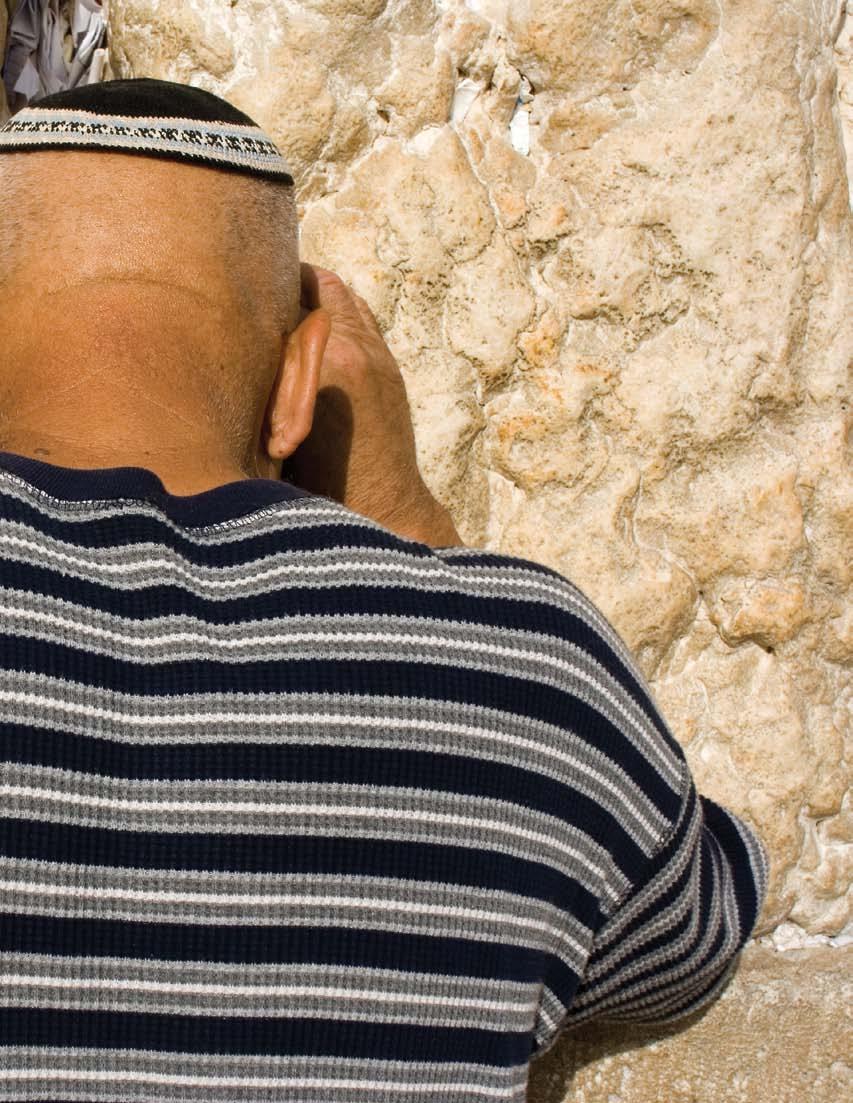
1 minute read
T’shuvah
Value: T’shuvah
If you want to become a good person, two of the most important skills you need are (1) being able to say to yourself and to another person, “I am wrong,” and (2) being able to say to yourself, “I am willing to change so that this will never happen again.” T’shuvah is the way that Jews work on both of these. T’shuvah is a solution. When you have done something wrong, when you have hurt someone else or hurt yourself—and you are unhappy with the way you have acted—t’shuvah is the solution. T’shuvah comes from the Hebrew word , shuv, which means “to turn”. T’shuvah is usually translated as “repent”. The “re” part has to do with starting over again. But t’shuvah is better understood as returning to friendship with the person you hurt and returning to closeness with God, Who was also hurt by your actions. However, the best understanding of t’shuvah is getting back on the path toward becoming the best you that you can become.
Advertisement
T’shuvah Text: Saadia Gaon Saadia Gaon taught that t’shuvah has four steps.
A. Confession: admitting that you have done wrong and stating that you will never repeat the action.
B. Remorse: feeling bad about the hurt you have caused.
C. Seeking forgiveness: asking the person you have wronged to forgive you. Also, asking God to forgive you.
D. Accepting Responsibility: finding your own way to never repeat this action.
(The Book of Beliefs and Opinions 5:5)

1. According to Saadia, what is the difference between saying “I’m sorry” and doing t’shuvah? 2. H ow does this definition help us see t’shuvah as “return”?










